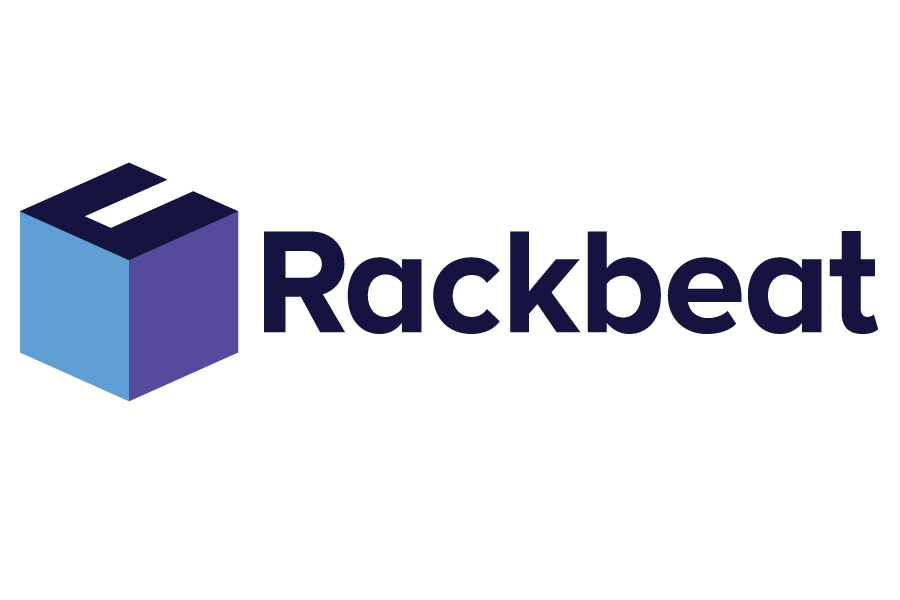Predictive Analytics
Predictive Analytics is a method that uses historical data, statistics, and machine learning to forecast future events. In the context of inventory management, this means analyzing past sales data, seasonal fluctuations, delivery patterns, and more – so you can anticipate what’s coming and act proactively instead of reactively.
Rackbeat March 28, 2025
What Is Predictive Analytics Used For?
In inventory management, Predictive Analytics can be applied in a wide range of areas – for example:
Demand forecasting: Predict which products will be in demand, so you can adjust your inventory levels accordingly.
Purchase planning: Order the right products at the right time in the right quantities – and avoid both overstock and stockouts.
Warehouse space optimization: Anticipate which items will take up the most space, and plan your warehouse layout accordingly.
Bottleneck prevention: Identify risks in the supply chain before they turn into real problems.
Customer analysis: Predict customer behavior and tailor your product range or campaigns to match.
Types of Predictive Analytics
Predictive Analytics encompasses several different techniques and models, each used to predict specific events or behaviors. Below are some of the most commonly used types – especially relevant in the context of inventory, purchasing management and order management:
Forecasting (predictive models):
The classic form of Predictive Analytics. Historical data – such as sales figures, seasonal patterns, or campaign effects – is used to forecast future demand. Perfect for planning stock levels and avoiding overstock or understock.
Classification:
A method that sorts data into categories. In an inventory context, it can predict which products are likely to be returned or which orders are at risk of delay.
Regression analysis:
Used to identify correlations between different factors – such as how price changes affect demand, or how delivery times vary based on geography and warehouse capacity.
Clustering:
Segments data into groups with similar behaviors or characteristics. Useful for identifying product categories with the same sales patterns or customer types with similar purchasing behavior.
Anomaly detection:
Spots outliers in data – such as sudden changes in product usage or unexpected transport delays. This helps detect errors and react quickly to unforeseen events in the supply chain.
Who Can Benefit from Predictive Analytics?
Predictive Analytics adds value to almost any business – but especially:
E-commerce and retail companies needing to adapt their inventory to seasonal trends and campaigns
Manufacturers looking to predict demand for components and raw materials
Wholesale businesses wanting to optimize reordering and minimize dead stock
Logistics and distribution companies aiming to forecast capacity needs and transport flows
Want to Master Inventory Management with Data?
Sign up for our newsletter, where we share tips on how to optimize your inventory and purchasing using data, new technologies, and the latest supply chain trends.


